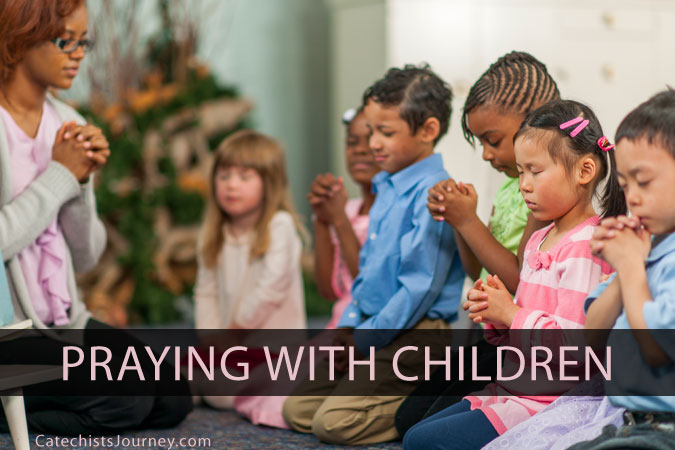This is the third article in a series about leading prayer.

In the previous two installments of this series, I wrote about setting the environment for prayer and best practices for structuring public prayer. But how do you choose the content of prayer so that it is meaningful for participants? Every group has different needs. When prayer is “one size fits all” it can be hard for people to feel it has a meaningful connection to their lives and to the reasons they are gathering. You need to be intentional and reflective when planning prayer, instead of merely making it feel like one more item on the agenda—something to get through on the way to the real work of the meeting. When we pray, what we pray about, and who we pray with all make a difference.
To make your prayer meaningful for your group, it can be helpful to consider the following:
- WHY: What is the main concern or reason for this gathering?
- WHAT: Are there decisions to be made? Tasks to be accomplished? What outcome would you like to seek from God?
- WHO: Who is praying and what do they need most? What are they willing to ask for?
- HOW: What blessings has God already given for which we need to express thanks? What gifts and charisms do the participants have? What favorable situations have come about?
- WHEN: What is the season of the liturgical year? Are there prayers or songs related to this season that could be incorporated as part of the prayer? What time of day is the gathering taking place? Would it be appropriate to incorporate elements from the Liturgy of the Hours?
- WITH WHOM? Is today the feast of a particular saint? Is there a prayer associated with that saint or a particular patronage of that saint that would be meaningful to the participants?
- FOR WHOM: What else/who else in the community—and the world—is in need of prayer? Can the group intercede for another important need?
- THE LITURGY: Is this meeting related to sacrament preparation? Are there any prayers from the rite of the sacrament that could be used as part of the text of the meeting’s prayer? What are the readings for the upcoming weekend? Are any of them particularly related to the topic or the lives of those invited to this gathering?
While all of these don’t need to be present in the final prayer text, this procedure for preparing prayer helps you, as a leader, focus on the spiritual needs of the participants and the community. The care that you put into planning meaningful prayer will pay off in a deeper connection between the actions of the Holy Spirit and the activities of the group.
Read the first two articles in the series:
Setting the Stage: Creating the Space for Prayer
Best Practices for Leading Group Prayer





Be the first to comment